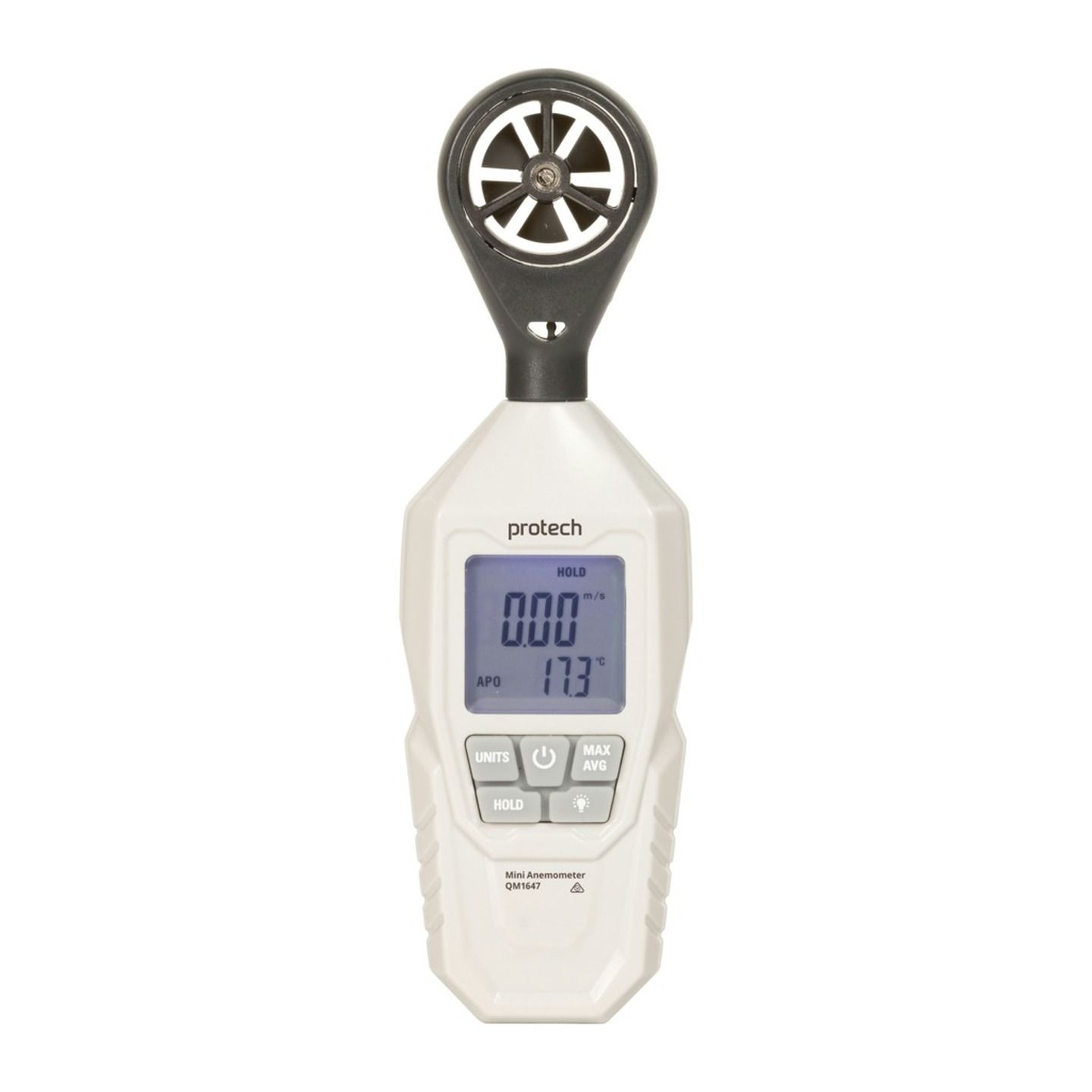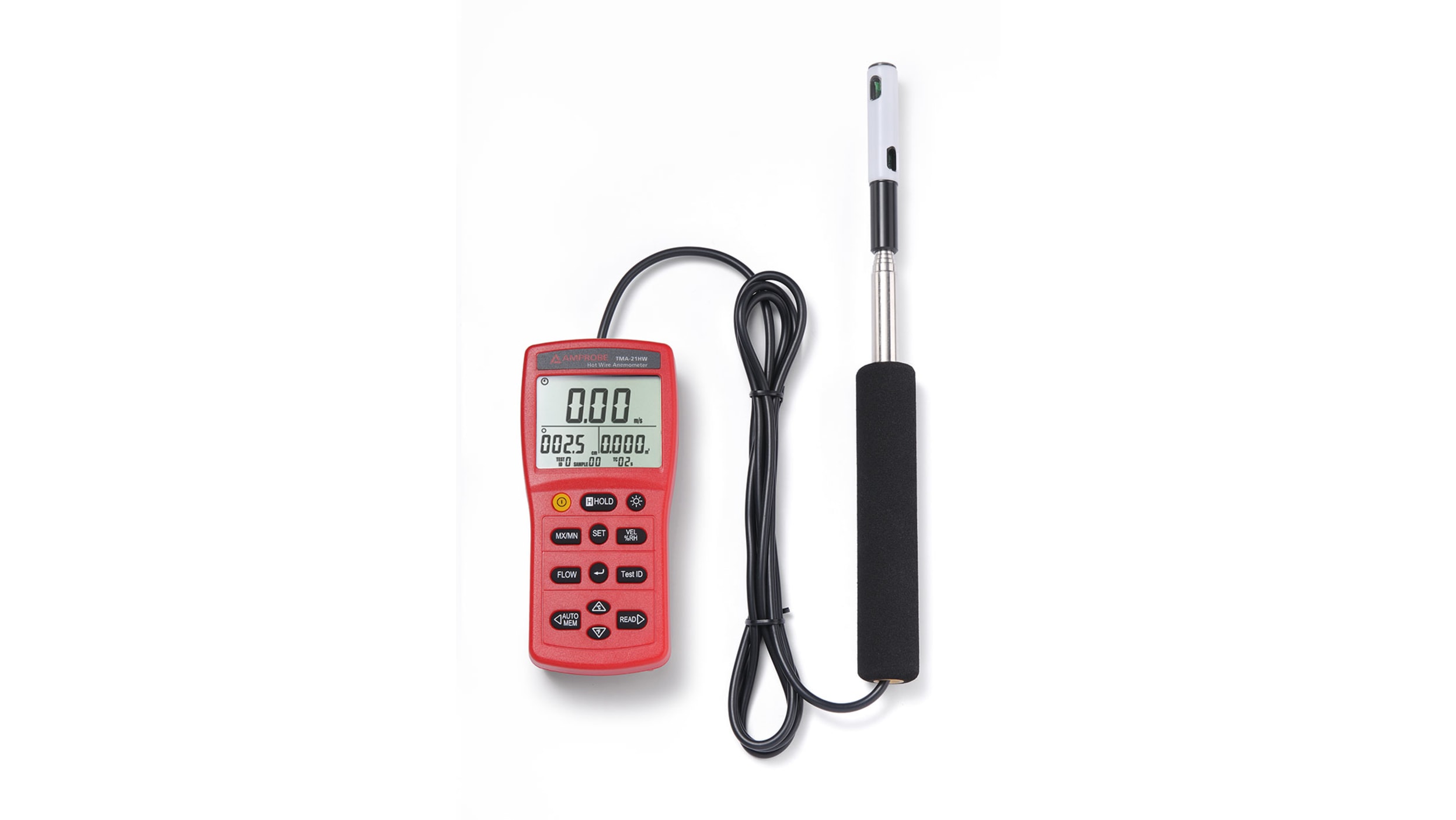Top Features to Search For in an Efficient Anemometer for Accurate Wind Measurement
Top Features to Search For in an Efficient Anemometer for Accurate Wind Measurement
Blog Article
Anemometers Introduced: Comprehending Their Relevance in Environmental Tracking and Safety And Security Steps
The function of anemometers in environmental surveillance and safety and security actions is often taken too lightly, yet their significance is indisputable. From meteorology to aviation security, anemometers play an essential role in providing accurate data that informs decision-making processes and boosts overall safety and security.
Background of Anemometers
The development of anemometers can be traced back to the old worlds where basic wind determining gadgets were initial made use of. One of the earliest known anemometers was the hemispherical cup anemometer created by Leon Battista Alberti in the 15th century.
Over the years, advancements in technology led to the advancement of even more modern anemometers, including ultrasonic anemometers and laser Doppler anemometers, offering raised precision and effectiveness in determining wind rate and direction. The history of anemometers showcases an exceptional trip of development and progress in the field of meteorology.
Kinds Of Anemometers
Throughout the field of meteorology, different types of anemometers have actually been developed to precisely determine wind speed and instructions. Sonic anemometers make use of ultrasonic signals to measure wind rate and instructions accurately. Hot-wire anemometers operate based on the principle that the cooling effect of wind on a warmed wire is proportional to the wind rate.
Applications in Meteorology
Having discussed the different types of anemometers used in meteorology for measuring wind speed and instructions, it is necessary to explore their functional applications in the area. Anemometers play a critical duty in meteorology by offering accurate and real-time information on wind problems (anemometer). Meteorologists utilize anemometers to check wind speed and instructions to anticipate weather condition patterns, problem warnings for serious weather condition events like hurricanes, typhoons, and storms, and examine atmospheric problems for aeronautics safety
In meteorology, anemometers assist in comprehending local and local wind patterns, which are important for anticipating weather adjustments and establishing climatic fads. These devices are also utilized in research to research microclimates, urban warmth islands, and air contamination dispersion. Furthermore, anemometers are used in farming to maximize plant management methods, such as irrigation and chemical application, based on wind conditions.
Relevance in Aviation Security
An essential aspect of making certain aeronautics safety depends on the careful monitoring of wind problems using anemometers. Anemometers play an essential function in air travel by offering real-time data on wind speed and direction, aiding pilots in making informed decisions during touchdown, take-off, and trip. Strong and unforeseeable winds can dramatically impact airplane operations, making it essential for aviation authorities to rely upon accurate wind dimensions to make certain the safety and security of guests and staff.

In the dynamic environment of air travel, where even minor adjustments in wind speed and instructions can have extensive impacts, anemometers stand as indispensable tools for promoting safe and secure and safe flight.
Duty in Environmental Research Study
Anemometers play a vital role in ecological research by giving important data on wind rate and instructions. By properly measuring wind characteristics, anemometers assist scientists evaluate the activity of contaminants in the air, examine the impact of industrial exhausts, and anticipate the spread of contaminants in the setting.


Conclusion
In verdict, anemometers have actually played an essential duty in ecological monitoring and safety and security steps. Understanding the importance of anemometers is crucial for accurately determining view it now wind speed and instructions, which is crucial for forecasting weather patterns, guaranteeing secure aviation procedures, and performing ecological researches.
One of the earliest known anemometers was the hemispherical mug anemometer developed by Leon Battista Alberti in the 15th century. Over the years, advancements in technology led to the advancement of even more contemporary anemometers, including ultrasonic anemometers and laser Doppler anemometers, providing enhanced precision and performance in gauging wind speed and direction. Hot-wire anemometers run based on the concept that the cooling effect of wind on a warmed wire is proportional to the wind rate. Meteorologists make use of anemometers to keep an eye on wind rate and instructions to forecast weather condition patterns, concern warnings for severe climate occasions like hurricanes, storms, and tornados, and assess atmospheric conditions for aviation security.
Comprehending the importance of navigate to these guys anemometers is crucial for properly measuring wind rate and instructions, which is essential for anticipating weather patterns, making sure secure air travel procedures, and carrying out environmental researches. (anemometer)
Report this page